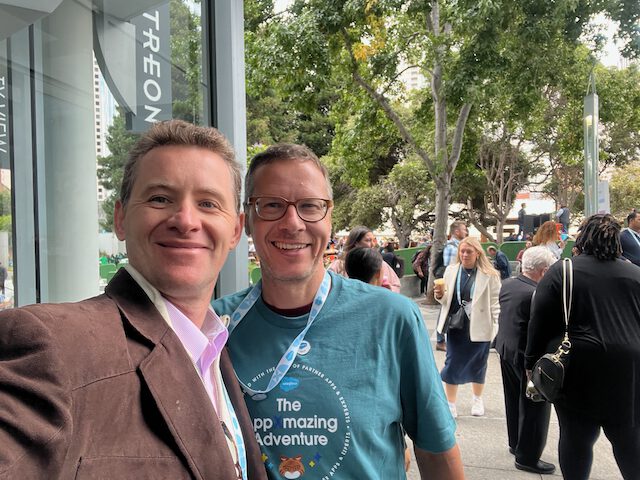Salesforce Forecasting
October 7, 2024
Presentations

Sales Forecasting: This presentation provides a comprehensive overview of sales forecasting in Salesforce, including its importance, key components, methodologies, and benefits.
- What is a Sales Forecast? A sales forecast is an estimate of expected sales revenue within a specific time period, considering factors like opportunity amounts and projected close dates. It helps businesses make informed decisions about resource allocation, production planning, and financial management.
- Key Ingredients and Users: Sales forecasts rely on understanding the target customers (who), the products/services offered (what), the location of decision-making and product usage (where), the customer’s motivations (why), and their purchasing behavior (how). Various departments, including sales, product, finance, and marketing, utilize sales forecasts for different purposes.
- Objectives: Sales forecasting aims to streamline internal operations by reducing the need for reactive measures like layoffs or halting product development. It also helps maintain a positive external image by demonstrating business stability and informing marketing and staffing strategies.
- Designing a Sales Forecasting Plan: The presentation outlines steps for creating an effective forecasting plan, including establishing a framework, periodically reviewing and revising strategies, defining calculation methods and timeframes, and encouraging innovative approaches.
- Forecasting in Uncertain Times: It highlights the challenges of forecasting during unpredictable events like economic crises or pandemics. It emphasizes the importance of real-time data for informed decision-making and adapting sales strategies.
- Accuracy and CRM Systems: Research indicates that sales leaders achieve accuracy within 10% of their forecasts most of the time. Salesforce’s forecasting capabilities, based on opportunity rollups and customizable dimensions, enable in-depth analysis and reporting.
- Salesforce Tools: The presentation covers tools like Reports and Dashboards for visualizing sales data, Sales Cloud Einstein for AI-powered insights, and Forecast Categories for predicting opportunity outcomes. It also explains how to adjust forecast categories, set quotas, and leverage individual, product family, and opportunity split forecasts.
- Forecast Adjustments and Einstein Forecasting: It details how managers can adjust forecasts at different levels and provides considerations for setting up Einstein Forecasting, which offers predictive insights and improves accuracy.
- Additional Resources: The presentation concludes with links to resources for further learning about Einstein Forecasting and setting up forecasting in Salesforce.



























